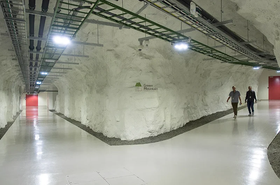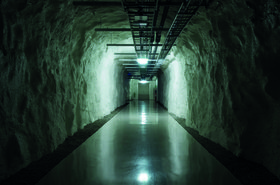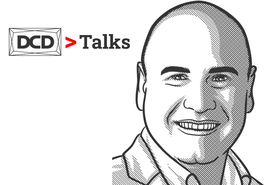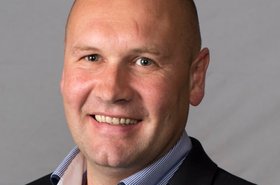Heat wastage is a source of frustration for many in the data center industry. It represents the inefficiencies of a facility, and represents energy that could have been put to better use.
Tor Kristian Gyland, CEO of Green Mountain, sat down with us at the recent DCD>Europe event to discuss this heat wastage, and how Green Mountain tries to put it to better use.
“The mission of Green Mountain is to set the green standard. We're delivering all power with PPAs. In Norway, as it's an open market for the PPA, you're 100 percent sure to get green and renewable power in your data center. You also need to adhere to the changes in regulation that we see coming, one of which is from the EU and was put forward in July this year that says administrations are to regulate and recognize that heat is a source of energy, and to use it even if the infrastructure to do so requires investment.
“Norway has taken this a little bit further by saying that all power-intensive industries with more than 20 megawatts of total heat shall be covered with the obligation to perform a cost-benefit analysis to find a way to re-use the heat generated. The Norwegian government has also decreed that data centers with more than two megawatts of electrical power should also be obliged to do a cost-benefit analysis.”
While adhering to regulations is an important driver of change, Green Mountain goes further. The company aims to innovate in terms of sustainability, offering a much more environmentally friendly solution to clients, and to do this by re-using heat waste.
“It's commonly known that data centers normally produce low-grade heat in a temperature range of around 20 degrees. There has also been a change in the cooling markets, with the move to the use of air-to-air exchangers to cool data centers. But the air is not the best medium to transfer energy. If you look at the capacity to transfer energy, comparing air and water, water is 3,000 times more capable of transferring energy. A water-cooled solution is much easier to build or establish a solution where you're able to re-use the heat.
“Another challenge that we see is that data centers are often being built outside of city centers where there is limited infrastructure ready to re-use the heat. Which is the case for two of our data centers that are located in areas where there is no district heating, meaning that there is no use for the waste heat that we were producing. It is a challenge to transport the energy as you could face temperature drops during the transportation, and again the infrastructure needed to transport the energy is costly.”
However, it is by getting around these hurdles, by employing liquid cooling and linking up with other industries that we can see more effective re-use of waste heat.
“The ambition we have is to build a truly circular economy, using traditional ways to create opportunities and reduce emissions by combining a data center with onshore farming, with greenhouses, or with vertical farming.”
By utilizing this method in areas away from cities and infrastructure, a data center can be a part of a circular economy regardless of where it is located. What sets Green Mountain apart is its attitude towards waste. It is not viewed as an unavoidable negative, but as an asset that just needs to find a use.
“We see the waste heat of our data center as an asset that has value, and that we will not get paid for. It's actually our customers that are paying for the energy being used in the data centers, and we want to give some of that value back with reduced power prices.”
Listen to the full talk to learn more about how Green Mountain is re-using heat wastage.
More from Green Mountain
-

Sponsored Vertiv and Green Mountain Raise the Bar for Data Centre Sustainability
One of the world’s most efficient data centres just got greener, with Vertiv’s industry-leading power and thermal management technologies
-

Azrieli Group acquires Green Mountain for $850 million
Israel real estate firm buys Norwegian company, having previously acquired 20 percent stake in Compass
-

DCD>Talks Norway with Tor Kristian Gyland
Tor Kristian Gyland, Chief Executive Officer, Green Mountain chats exclusively with George Rockett from DCD, in partnership with Vertiv.


